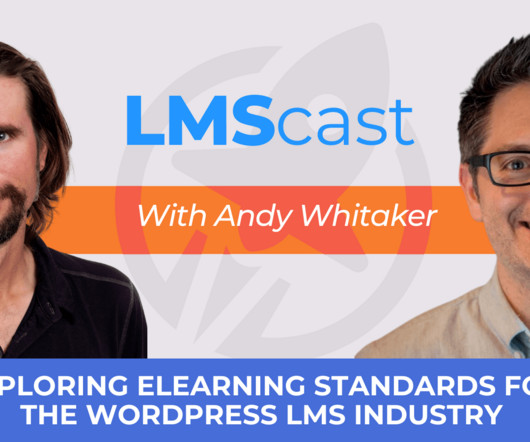Adobe Captivate: System Date Variables
The Logical Blog by IconLogic
NOVEMBER 30, 2014
First up, Date variables, which are a subset of the System Information variables (variables that pull their information from the learner's computer when a Captivate lesson runs). For this example, let's say that today's date is Sunday, November 17, 2002. Next week: Time variables.






















Let's personalize your content